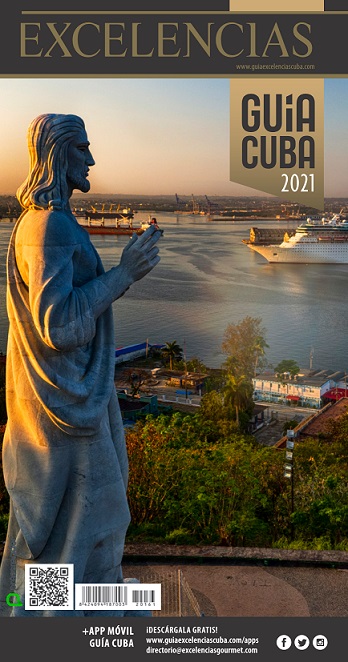The Dominican Republic is one of the most requested destinations in the Caribbean. The biggest and most complete one due to the beautiful beaches that skirt its coasts and majestic places, able to delight the eyes and hearts of natives and visitors, a real treasure in the middle of the Caribbean, the homeland of Merengue, offering the visitor not only 500 years of history, sun and beach, but also its exquisite gastronomy. The island accompanies your holidays with a complete guide of beaches, places of interes, entertainments, restaurants, hotels and tourist spots in the different coastal areas and regions, to help you choose your destination. Regions like Altagracia, Samaná, Sosúa, Boca Chica, Barahona, Puerto Plata and San Pedro de Macoris are attractions with great tourist inflow and a welcoming ambiance for pleasure and entertainment. Beaches like Cosón, La Romana, Boca Chica, La Sosúa, Cayo Levantado, Playa Grande, among others, plus several unknown coves, probably witnesses to pirates' landings during past times.






